How to Focus a Camera Lens FLEX
Insights on optical lens design, M12 lenses and C-mount lenses, lens selection, optical engineering calculations, and machine vision integration.
Click any article to read full optical engineering content and download specifications
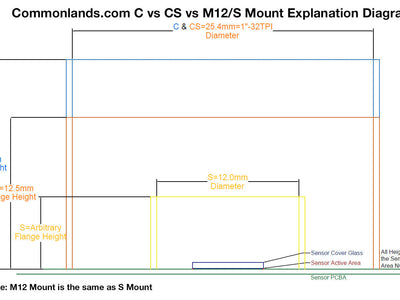
Compare specs, adapters, sensor coverage. Engineering guide for machine vision. M12 lens (S-Mount) mount: M12×0.5mm thread. CS-mount: 12.5mm FFD. C...
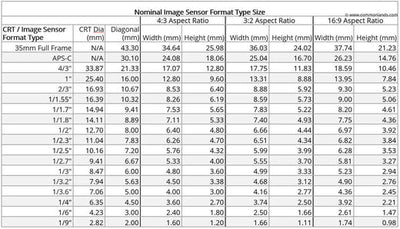
The sensor format size and pixel size of digital camera impacts many performance attributes of camera. The format type of a digital camera sensor i...
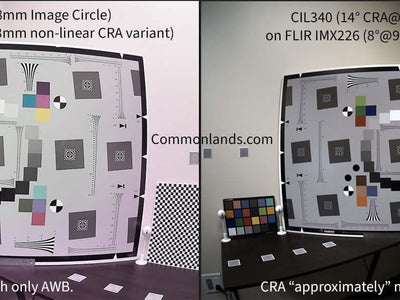
The chief ray angle (CRA) of a lens and the chief ray of a sensor affect image quality factors such as color shading and vignetting.

M12 렌즈 / S-마운트 렌즈는 12mm 직경의 나사산이 있는 초소형 렌즈입니다. 작은 크기에도 불구하고 이러한 렌즈는 DSLR 카메라 렌즈보다 뛰어난 성능을 제공할 수 있습니다.

Ever wondered about the best practices to clean a lens or image sensor? Our optical engineering experts have put together this article to explain a...
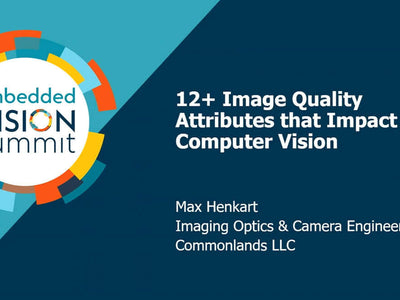
This post explores 12+ Image Quality Metrics and the impact on computer vision. The blog posts and video are from a talk that Max H gave during the...
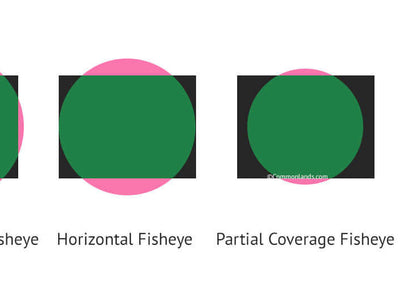
Optical distortion is a third order transverse aberration. The simple explanation is that distortion is the change in magnification (angular resolu...
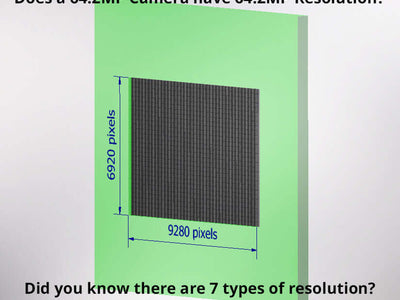
Even the experts interchangeably use the term "Resolution" when it actually refers to four different technical metrics. We ran across this misunder...

If you've recently purchased one our M12 lenses or C-Mount lenses, the first step is to assemble your camera. We also offer camera module assembly ...

A few early users of our lenses are actively involved in the RPi community and mentioned the products in a thread. And many people were curious "we...


Shutter speed (or pixel integration timing) is a critical factor when defining the required low-light capabilities of a sensor/lens combination for...
Interactive optical calculators and technical specifications for lens design and optical system integration
Calculate optical field of view for any lens-sensor combination
Determine optical depth of field for your application
Calculate effective focal length requirements
Search 200+ M12 optical lenses with specifications
Download Excel spreadsheet of M12 lens specifications
48-page lens catalog with MTF curves and optical data
Camera module optical integration services
Connect with US-based optical engineering team
Common questions about optical engineering resources and lens design
Explore our comprehensive collection of M12 lenses, C-mount optics, and camera module optical integration services